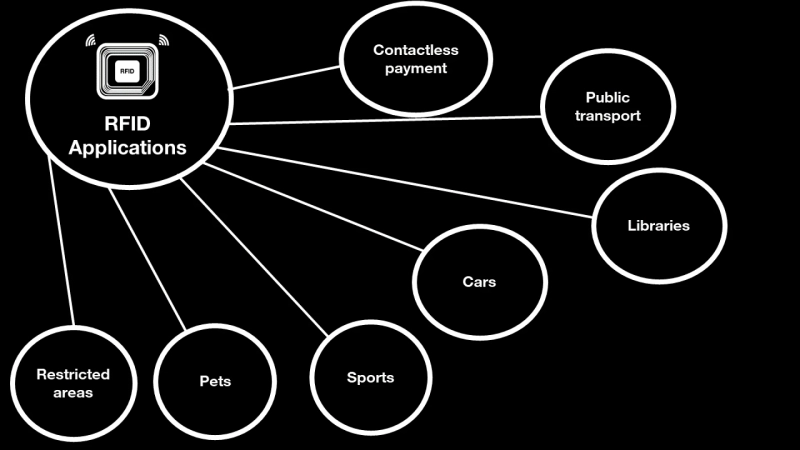RFID Asset Management: Revolutionizing Efficiency and Control
RFID systems are reshaping the way organizations operate across various industries. As technology continues to advance, the future of asset management promises even more innovation and optimization.



